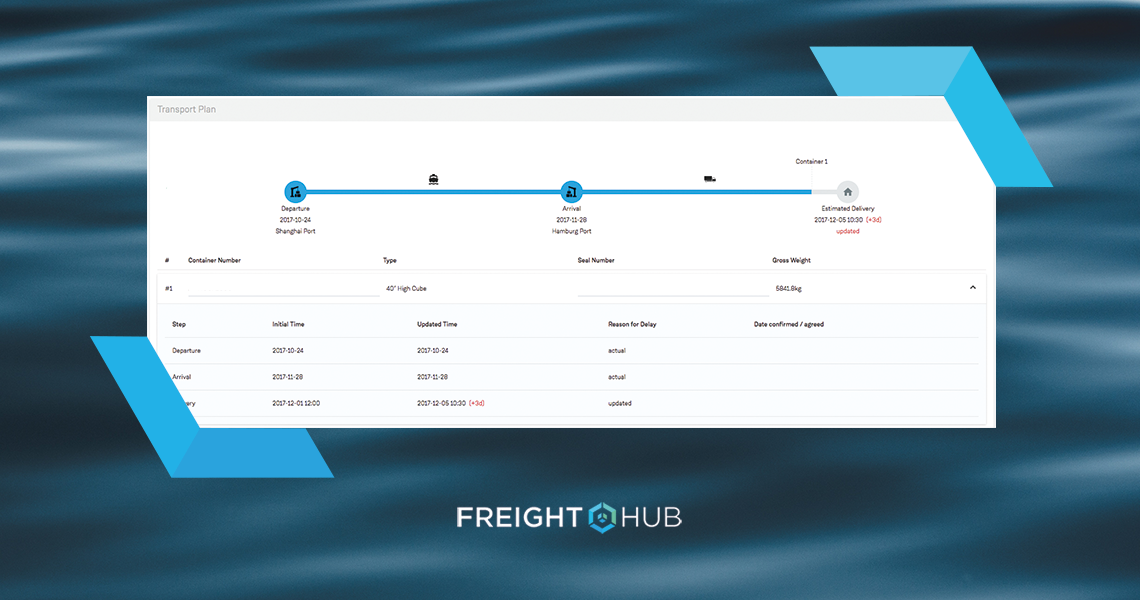What if you could peak through a window, and know exactly where all of your shipments were?
Transport Planning lies at the heart of freight-forwarding. This is why presenting our shipping community with the most granular information possible on the latest status updates has been our top priority on our platform’s latest release.
It is well known that sometimes the shipping journey can involve multiple stakeholders, a chain of communication all the way down to the driver of the vehicle transporting your goods. Technology is the only means possible via which we can create a direct route of communication.
Now a digital transport plan is optimised in two ways: 1) The intuitive and informative way of displaying information on our platform, but also 2) guaranteeing integration coverage so information on display is as plentiful as it is accurate.
Regarding the first point, we are constantly rethinking what information needs to be displayed at every level. A major user experience challenge for us is to think in multiple layers of information with increasing focus and lower-level detail at each page view for the customer. What one would call the macro- to micro view transition. Questions we typically ask ourselves are: How many views make sense for the shipper? What information does the customer want to see at this level? etc.

Screenshot of our latest transport plan display. With individual container plans, reasons for delay, transshipment ports, and also confirmed pickup and delivery dates.
The second point is arguably the most important. Our platform is ultimately as good as the amount of information it can provide (given it is well displayed). Integrations, integrations, integrations is the key principle. Exchange raw information with the end partner. No chains of emails, no calls, and dare I say, no faxes.
Do you trust who is at the other end of the string?
The main objective here is to create a central source of information that is more trust-worthy than an operations manager having to reach out to a partner for them to reach out to the next person in the chain.
It is about creating a network of APIs communicating amongst each other that is ultimately more reliable than inter-human communication. This is where the real beauty of logTech lies, when mundane tasks can be automated so that the operations manager can become more of an operations consultant intervening to save the day when their expertise to solve the most challenging conundrums is needed.








